 The Captains Widow of Sandwich This page intentionally left blank The Captains Widow of Sandwich Self-Invention and the Life of HannahRebecca Burgess, 18341917 Megan Taylor Shockley N E W Y O R K U N I V E R S I T Y P R E S S New York and London NEW YORK UNIVERSIT Y PRESS New York and London www.nyupress.org 2010 by New York University All rights reserved Library of Congress Cataloging-in-Publication Data Shockley, Megan Taylor. The captains widow of Sandwich : self-invention and the life of Hannah Rebecca Burgess, 18341917 / Megan Taylor Shockley. p. cm. Includes bibliographical references and index. paper) ISBN-10: 0814783198 (cloth : alk. paper) 1. paper) 1.
The Captains Widow of Sandwich This page intentionally left blank The Captains Widow of Sandwich Self-Invention and the Life of HannahRebecca Burgess, 18341917 Megan Taylor Shockley N E W Y O R K U N I V E R S I T Y P R E S S New York and London NEW YORK UNIVERSIT Y PRESS New York and London www.nyupress.org 2010 by New York University All rights reserved Library of Congress Cataloging-in-Publication Data Shockley, Megan Taylor. The captains widow of Sandwich : self-invention and the life of Hannah Rebecca Burgess, 18341917 / Megan Taylor Shockley. p. cm. Includes bibliographical references and index. paper) ISBN-10: 0814783198 (cloth : alk. paper) 1. paper) 1.
Burgess, Hannah Rebecca, 18341917. 2. Burgess, Hannah Rebecca, 18341917 Diaries. 3. Ship captains spousesMassachusettsSandwichBiography. 4.
Middle class womenMassachusettsSandwichBiography. 5. Women MassachusettsSandwichBiography. 6. Sandwich (Mass.)Biography. 7.
Sandwich (Mass.)Social life and customs19th centurySources. 8. Seafaring lifeMassachusettsSandwichHistory19th centurySources. 9. WomenIdentityCase studies. 10.
AutobiographyWomen authors Case studies. I. Title. F74.S17S55 2010 910.45dc22 [B] 2009042908 New York University Press books are printed on acid-free paper, and their binding materials are chosen for strength and durability. We strive to use environmentally responsible suppliers and materials to the greatest extent possible in publishing our books. Manufactured in the United States of America 10 9 8 7 6 5 4 3 2 1 Contents | v This page intentionally left blank When my husband and I visited Cape Cod in 2002, little did we know that our vacation would take me to my next research project.
A fate ful trip to the Sandwich Glass Museum and Historical Society on a rainy day introduced me to Rebecca Burgess through the collection she so care fully crafted before her death. The womans story of adventure and tragedy intrigued me, and when I discovered that she had left her journals to the museum, I knew I had to learn more about her. My interest led to this book and many subsequent summers on the Cape. I must credit many people for making this book possible. First, Melissa Walker, Judy Ryan, Jennifer Fish Kashay, and Sarah Deutsch helped me see the big picture of change in the little story of Rebecca and her town. They pushed me to find the larger context of Rebeccas story, and the book is much richer as a result.
I am also extremely indebted to Cynthia Kierner, whose thoughtful comments on my first draft of the manuscript helped me rethink chronology and narrative. Joan Druett, Lisa Norling, Elizabeth Varon and an anonymous reader urged me to look beyond the simple story presented by Rebecca, and their insights and critiques greatly strengthened this project. Clemson University has also been extremely supportive of this endeavor. My colleagues, particularly Steve Marks and Stephanie Barczewski, have always listened patiently as I worked through the issues, trials, and challenges associated with writing a narrative historical biography. They read various incarnations of the manuscript and offered valuable advice and guidance. I received travel grants and course releases, which enabled me to complete the book.
And other colleagues, Ed Moise and Susanna Ashton, gave invaluable assistance by helping me find sources in a field new and unfamiliar to me. In addition, Zach Howser provided assistance with tracking occupations of immigrants in census data. I could not have done this work without the assistance of the talented archivists, librarians, and curators both at Clemson University and on Cape Cod. Priscilla Munson helped me track down population data and citation | vii information, and she showed me how to navigate and mine the census data base at Clemson University. Barbara Gill located numerous genealogical sources and town records for me at the Sandwich Town Archives and His torical Center, and Lauren Robinson of the Sandwich Public Library went to great lengths to assist me with microfilm issues. In addition, Mary Sicchio helped me find information on the Yarmouth Camp Meeting at the Nickerson Room.
The people at the Sandwich Glass Museum and Historical Society and the Bourne Historic Center unearthed unmined sources, providing me with valuable information I would not have been able to find on my own, and wel coming me, day after day, into their lives and their archives. Eliane Thomas and Dorothy Schofield of the Sandwich Glass Museum and Historical Soci ety worked tirelessly to help me with my research. They are unfailing in their quest to help researchers, despite constraints of time and money. Not only did they make my work easier, but they made me look forward to driving down the Cape every day to see them. And Jerry and Beth Ellis, descendents of Rebeccas relatives, invited me into their home, shared stories, and helped me see the connections between kin and family in the area. As the head of the Bourne Historical Commission, Jerry helped me go through Rebeccas collection at the Jonathan Bourne Historical Center, providing me with insights and a glimpse of Rebeccas world through the eyes of her family and her artifacts.
This project would not have been successful without the help of these wonderful people. The editors at New York University Press, including Deborah Gershenow itz and Gabrielle Begue, and Despina Papazoglou Gimbel and her staff of wonderful copy editors, made me look forward to working on this project every day. Their enthusiasm helped guide me through several incarnations of the manuscript, and I am grateful for their support and careful reading of the manuscript. Working with the wonderful press staff has been extremely rewarding. Finally, I thank my family for making this book possible. In some ways this was a family project! My father, Scott Taylor, read the manuscript with a biography-lovers eye, pointing out when I had lost key narrative elements.
My aunt Kandy and my grandmother Frances (Granny) Andersen provided me with a home in East Orleans while I completed the research. And my husband, Jeff Shockley, has been a model of patience and support. I cannot tell how many times he read the manuscriptmore than either of us would care to admit. He provided excellent critiques, advice, and suggestions. Dur ing the writing of this book, Jeff and I welcomed a new Cape Cod enthusiast viii | Acknowledgments to the family, our son Scott Andrew. I thank Scotts wonderful caregivers for enabling me to finish this project, and I hope that Scott reads this book one day and appreciates the Cape even more than his parents do.
His headfirst forays into the waves at Nauset Beach these past two summers suggest that he just might. We can certainly say that Scotts first years make a great beginning for any Cape Cod tale; he was attracted to the sea before he could walk. Writing this story entailed spending many summers on Cape Cod. Through this process I have rediscovered my love of the Cape, with its beau tiful vistas and fascinating history. I hope that this story will encourage readers to visit the land that Rebecca so loved. Acknowledgments | ix AT L A N T I CO C E A N PROVINCETOWN TRURO N PLYMOUTH WELLFLEET C A P E C O DB A Y EASTHAM WAREHAM ONSET ORLEANS BREWSTER DENNIS SANDWICH BOURNE HARWICH YARMOUTH CHATHAM BARNSTABLE FALMOUTH MASHPEE B U Z Z A R D SB AYS OUN DN A N T U C K E TS O U N DEYARDVIN MARTHAS VINEYARD NANTUCKET Map 1.
Modern map of Cape Cod. Bourne separated from Sandwich during Rebeccas lifetime, and the canal was built in the early 20th century. I have chosen not to edit the spelling or grammar in Rebeccas or Williams entries. All underlining in the quoted text is Rebeccas. Rebecca kept several journals, and all can be found at the Sandwich Glass Museum and Historical Society or the Jonathan Bourne Historical Center.
Next page
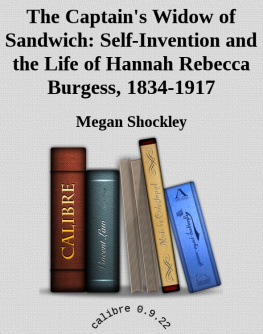
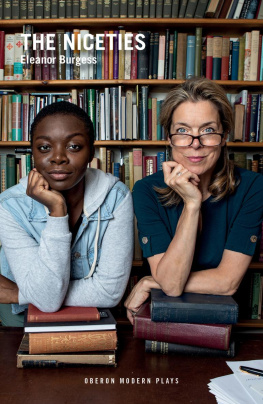

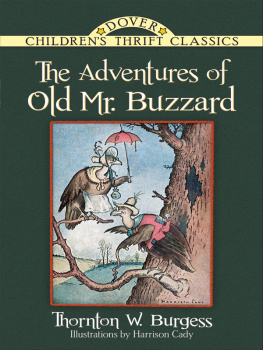



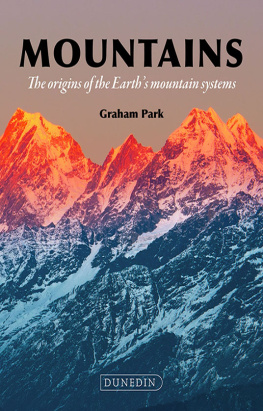
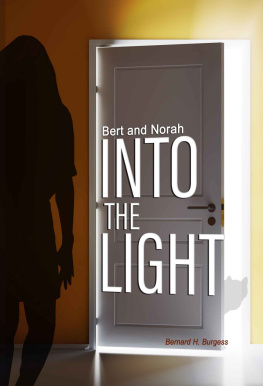

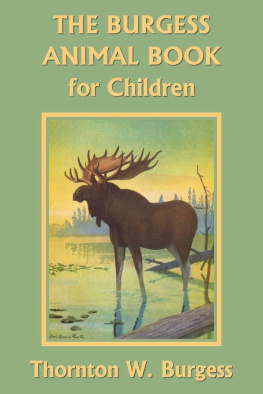
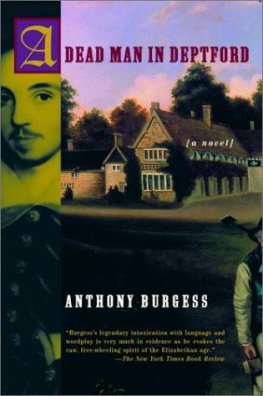
 The Captains Widow of Sandwich This page intentionally left blank The Captains Widow of Sandwich Self-Invention and the Life of HannahRebecca Burgess, 18341917 Megan Taylor Shockley N E W Y O R K U N I V E R S I T Y P R E S S New York and London NEW YORK UNIVERSIT Y PRESS New York and London www.nyupress.org 2010 by New York University All rights reserved Library of Congress Cataloging-in-Publication Data Shockley, Megan Taylor. The captains widow of Sandwich : self-invention and the life of Hannah Rebecca Burgess, 18341917 / Megan Taylor Shockley. p. cm. Includes bibliographical references and index. paper) ISBN-10: 0814783198 (cloth : alk. paper) 1. paper) 1.
The Captains Widow of Sandwich This page intentionally left blank The Captains Widow of Sandwich Self-Invention and the Life of HannahRebecca Burgess, 18341917 Megan Taylor Shockley N E W Y O R K U N I V E R S I T Y P R E S S New York and London NEW YORK UNIVERSIT Y PRESS New York and London www.nyupress.org 2010 by New York University All rights reserved Library of Congress Cataloging-in-Publication Data Shockley, Megan Taylor. The captains widow of Sandwich : self-invention and the life of Hannah Rebecca Burgess, 18341917 / Megan Taylor Shockley. p. cm. Includes bibliographical references and index. paper) ISBN-10: 0814783198 (cloth : alk. paper) 1. paper) 1.